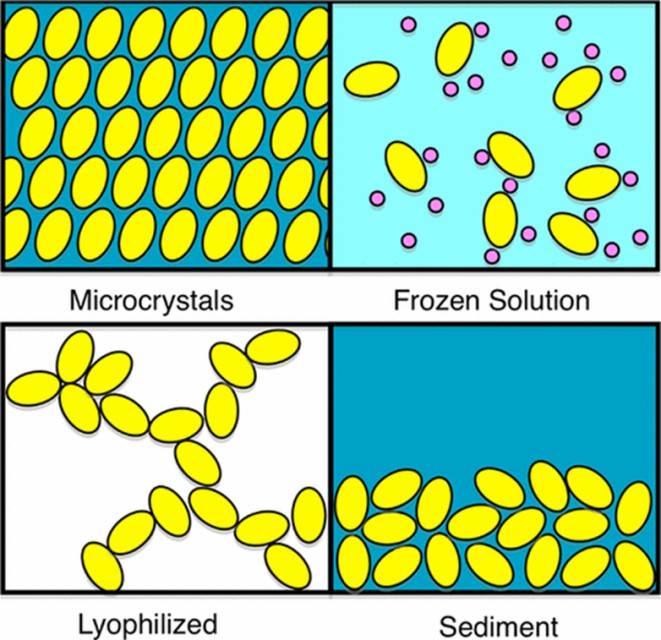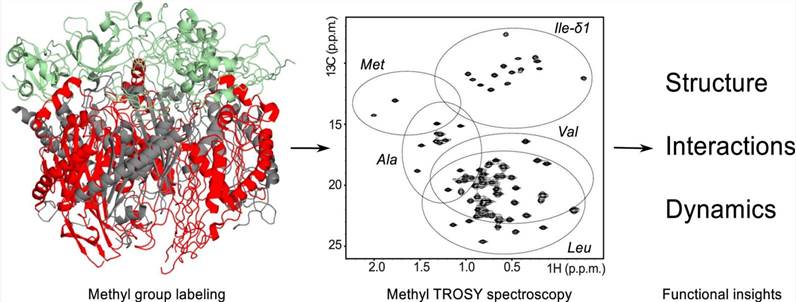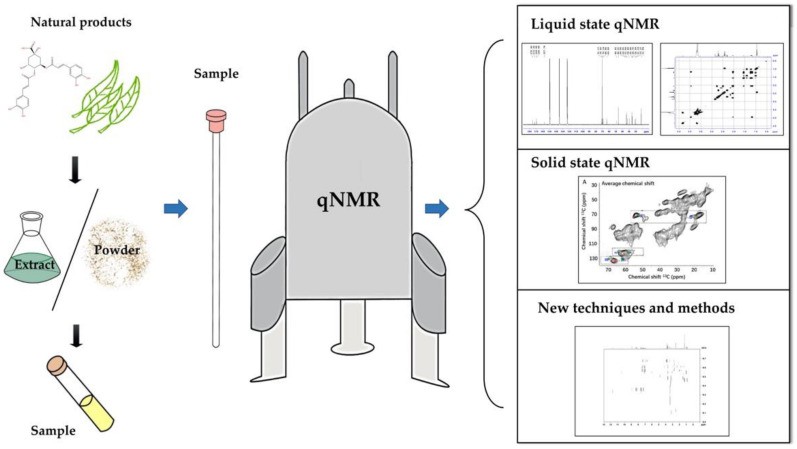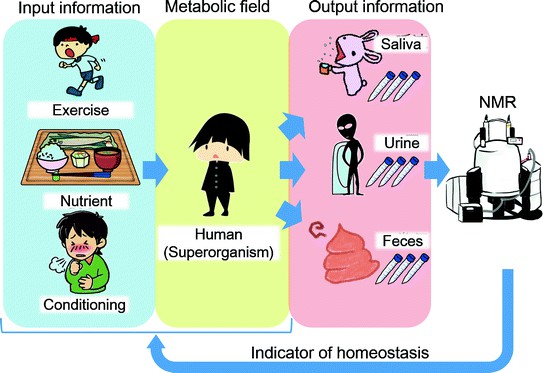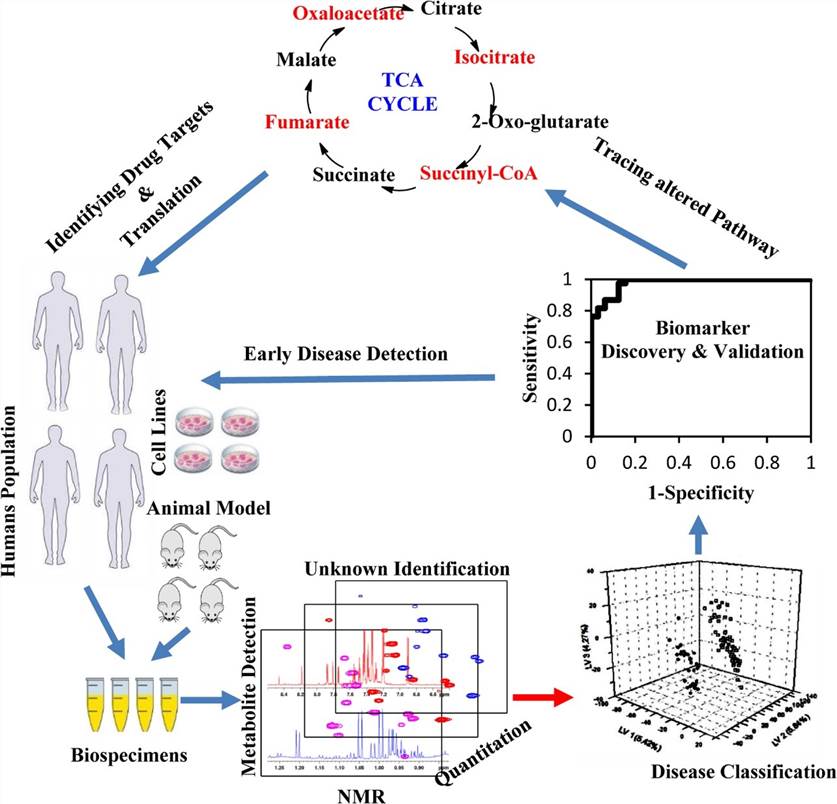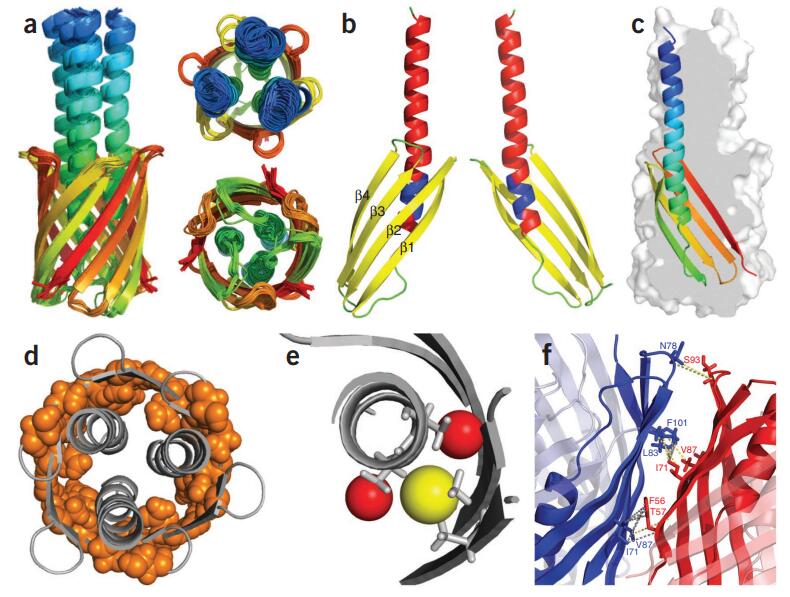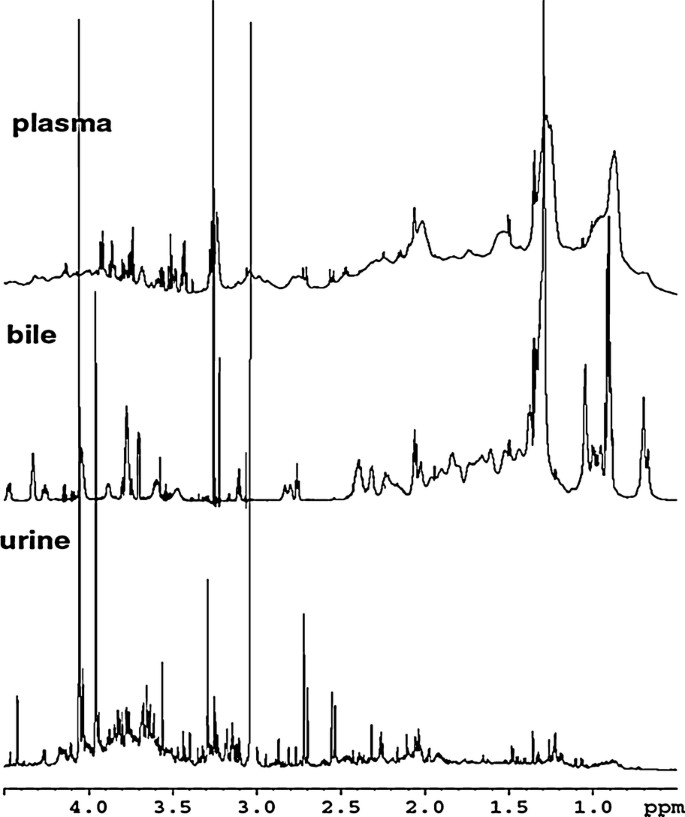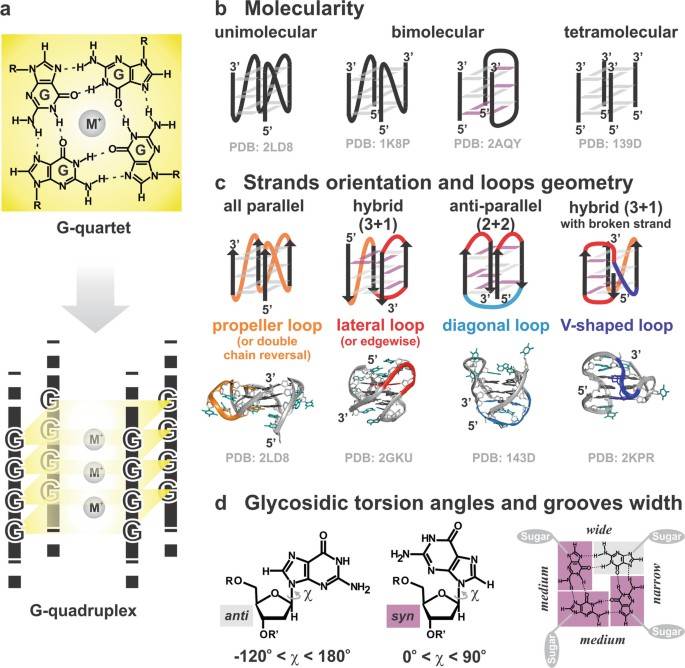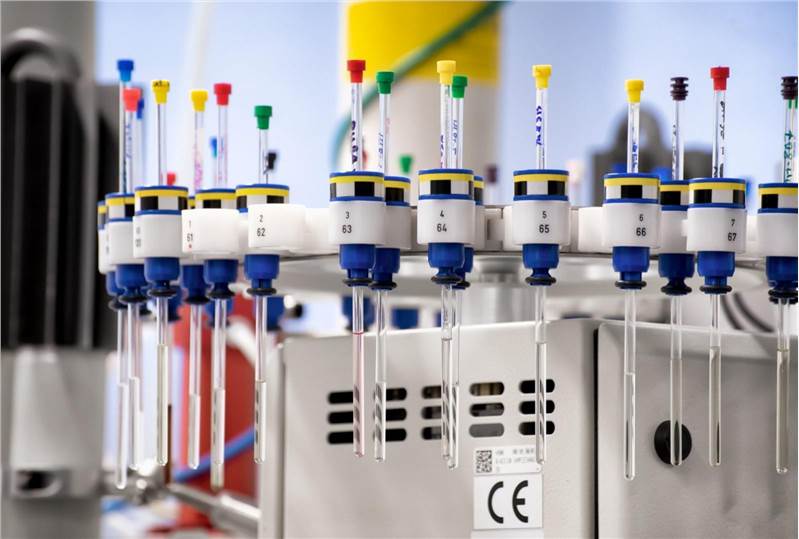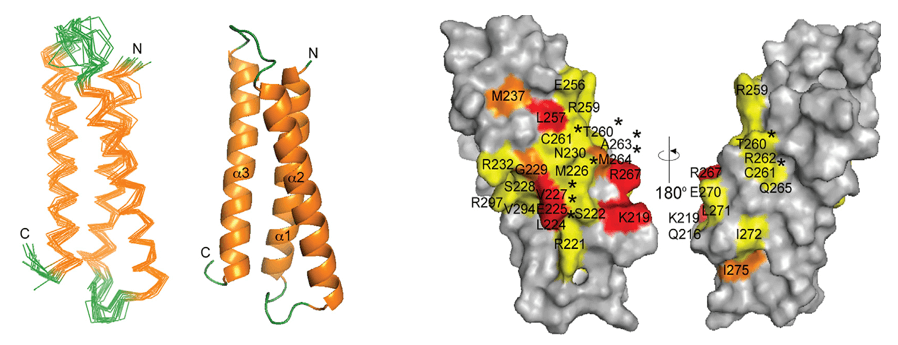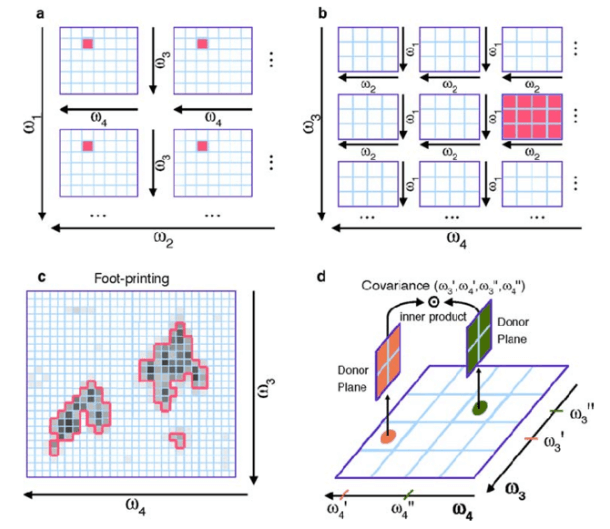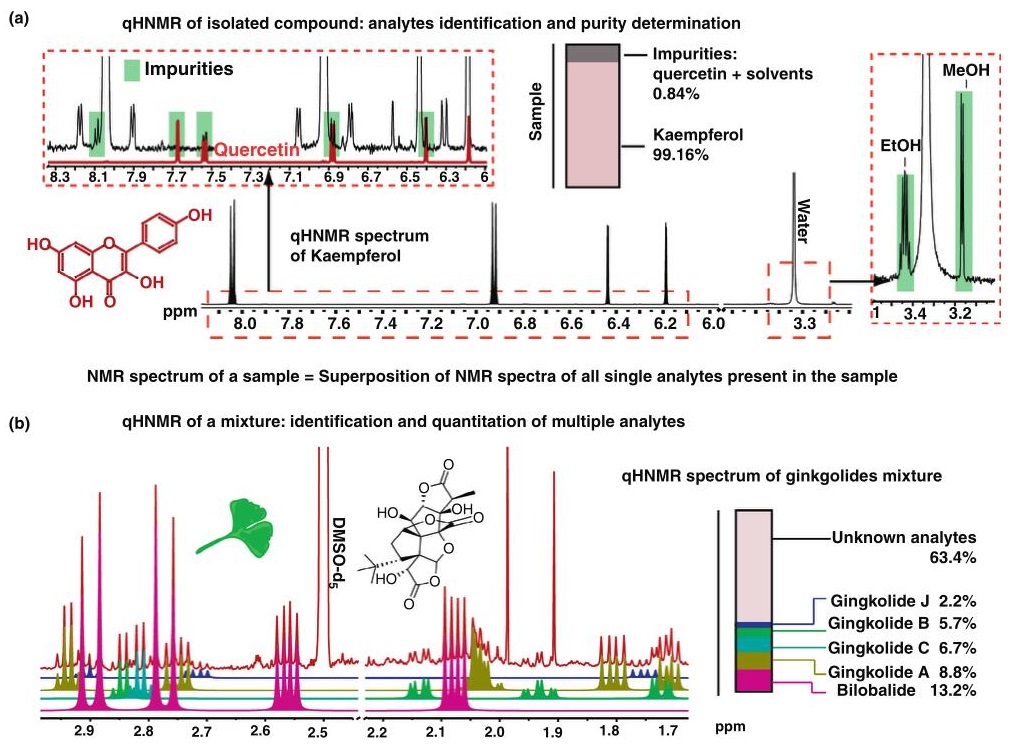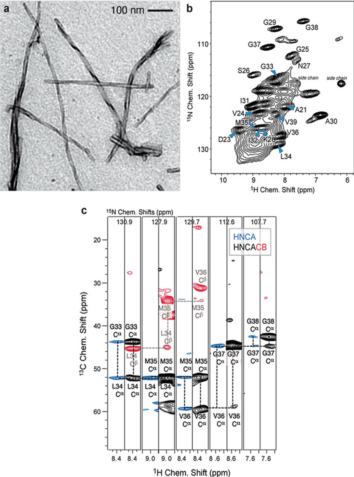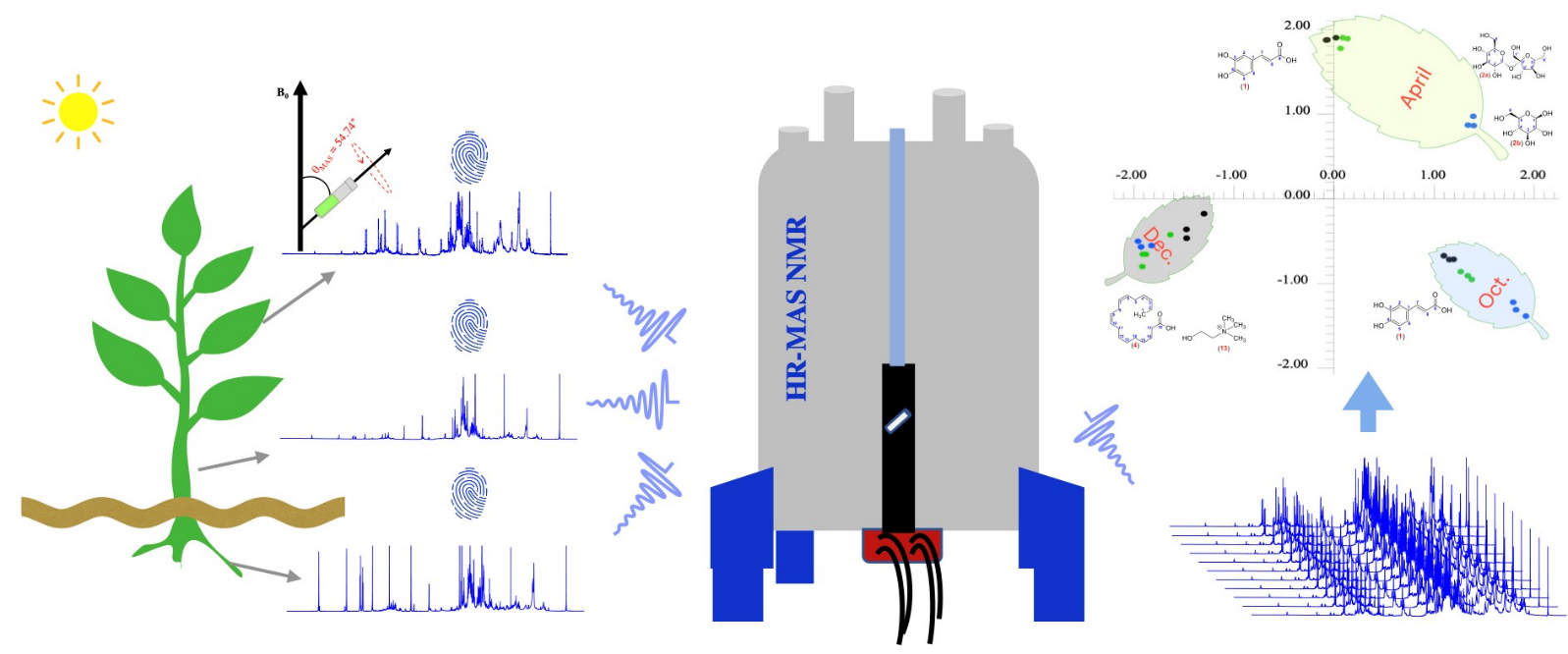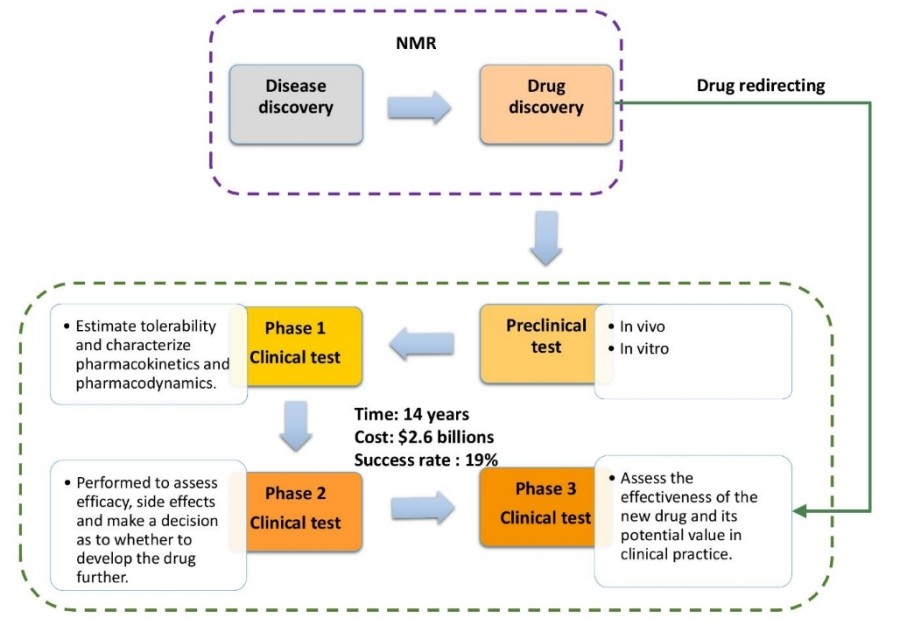High resolution nuclear magnetic resonance (HR-NMR) spectroscopy is a powerful and non-invasive analytical technique that has revolutionized the study of molecular structure, dynamics and interactions. It is particularly valuable for the analysis of complex molecules and mixtures, providing detailed information about their composition, structure, and behavior in different environments. This comprehensive article reviews the principles, techniques, applications, and future directions of HR-NMR in the context of complex molecule analysis.
 Figure 1. Complex I from mitochondria, PDB code 3M9S.
Figure 1. Complex I from mitochondria, PDB code 3M9S.
Introduction to Complex Molecule Analysis
Complex molecule analysis is a critical field of study that seeks to understand the intricate structures, properties, and behaviors of molecules that are composed of multiple components or have complicated spatial arrangements. These molecules can range from large biomolecules such as proteins and nucleic acids to synthetic polymers and natural products with intricate chemical structures. The analysis of complex molecules is essential in several scientific disciplines, including chemistry, biology, materials science, and pharmaceuticals, as it provides insight into their functions, interactions, and potential applications. This article aims to provide a comprehensive overview of complex molecule analysis, covering its importance, methodologies, applications, and future directions.
Select Service
Advanced HR-NMR Techniques
Multidimensional NMR
Multidimensional NMR extends traditional one-dimensional (1D) NMR by adding additional frequency dimensions. This technique is particularly useful for resolving complex spectra with overlapping signals, providing detailed information about molecular connectivity and dynamics. Common 2D NMR experiments include COSY (Correlation Spectroscopy), which identifies proton-proton couplings, and HSQC (Heteronuclear Single Quantum Coherence), which correlates protons with directly bonded heteronuclei like ¹³C. Higher-dimensional NMR (3D and 4D) further enhances the resolution and is extensively used in biomolecular NMR for large proteins and nucleic acids.
Solid-State NMR
While conventional NMR is primarily applied to liquid samples, solid-state NMR (ssNMR) enables the study of solid materials, including polymers, pharmaceuticals, and biomolecular assemblies. Techniques such as Magic Angle Spinning (MAS) and cross-polarization are used to overcome challenges like line broadening due to anisotropic interactions, allowing for the acquisition of high-resolution spectra from solid samples. Solid-state NMR has been instrumental in understanding the structure and dynamics of materials at the atomic level, providing insights into their properties and behavior.
Diffusion-Ordered Spectroscopy (DOSY)
DOSY NMR separates signals based on the diffusion coefficients of molecules in solution, effectively distinguishing components of different size or shape. By applying gradients to dephase and rephase spins based on their diffusion, DOSY generates spectra in which each component's signals appear at a different diffusion coefficient. This technique is invaluable for analyzing complex biological samples or polymer mixtures without prior separation, allowing individual components to be identified and quantified based on their diffusion properties.
Quantitative NMR (qNMR)
qNMR refers to the use of NMR to accurately quantify compounds in a mixture. The area under NMR peaks is directly proportional to the number of nuclei, allowing accurate concentration determination. Techniques such as the internal standard method and the external standard method are commonly used in qNMR. This approach is essential for quality control of pharmaceuticals, determination of stoichiometry in chemical reactions, and analysis of complex multi-component mixtures.
Hyperpolarization Techniques
Hyperpolarization techniques, such as dynamic nuclear polarization (DNP) and para-hydrogen induced polarization (PHIP), enhance NMR signals by increasing the polarization of nuclear spins. DNP transfers polarization from electron spins to nuclear spins, resulting in signal enhancement by several orders of magnitude. PHIP, on the other hand, uses the high spin polarization of para-hydrogen to enhance NMR signals, allowing detection of low concentration samples and faster data acquisition. These techniques have greatly expanded the applicability of NMR in the study of complex, low-sensitivity systems.
Select Service
- Solution-state NMR Service
- Solid-state NMR Services
- 4D NMR Services
- High-Resolution Magic-Angle Spinning (HRMAS) NMR Service
- Magic-Angle Spinning (MAS) Solid-state NMR Service
- Quantitative NMR Service
- Determination of G-Quadruplex Complex Structures
- Characterization of Large Biomolecular Complexes
- Analysis of Soluble Protein Complexes
Applications of HR-NMR in Complex Molecule Analysis
Pharmaceuticals
HR-NMR plays a critical role in the pharmaceutical industry, from drug discovery to quality control. It is used to elucidate the structures of new drug candidates, determine their purity and composition, and study their interactions with biological targets. Multidimensional NMR techniques are particularly valuable for characterizing large biomolecules such as proteins and nucleic acids, providing detailed information on their structure, dynamics and folding. In addition, qNMR is widely used to accurately quantify active pharmaceutical ingredients and impurities in drug formulations.
Natural Products Chemistry
The analysis of natural products, such as plant extracts and marine organisms, often involves complex mixtures with numerous compounds. HR-NMR is a powerful tool for identifying and characterizing these compounds, providing detailed structural information and enabling the discovery of new bioactive molecules. Techniques such as DOSY and qNMR are particularly useful in this context, allowing for the separation and quantification of individual components in complex mixtures. The integration of NMR with other analytical techniques, such as mass spectrometry (MS) and high-performance liquid chromatography (HPLC), further enhances the capabilities for natural product analysis.
Metabolomics
Metabolomics is the study of small molecules (metabolites) in biological systems, providing insights into metabolic pathways and disease mechanisms. HR-NMR is a key technique in metabolomics, offering a non-destructive and comprehensive approach for profiling metabolites in biological samples such as blood, urine, and tissue extracts. Multidimensional NMR techniques, such as ¹H-¹³C HSQC and ¹H-¹H COSY, are used to resolve complex spectra and identify metabolites based on their characteristic chemical shifts and coupling patterns. The quantitative capabilities of NMR also allow for the determination of metabolite concentrations, enabling the study of metabolic changes in response to various stimuli or conditions.
Polymer Science
In polymer science, HR-NMR is used to study the structure, composition, and dynamics of polymers. Solid-state NMR techniques, such as MAS and cross-polarization, are particularly valuable for the analysis of molecular structure and interactions in solid polymers. These techniques provide detailed information about the polymer backbone, side chains, and intermolecular interactions, helping to understand the relationship between structure and properties. In addition, DOSY NMR can be used to study the diffusion behavior of polymer chains in solution, providing insight into their molecular weight distribution and aggregation behavior.
Select Service
Methodologies for Complex Molecule Analysis Besides NMR
Mass Spectrometry (MS)
Mass spectrometry is another essential technique for the analysis of complex molecules, providing information on the molecular weight, composition and structure of molecules. Techniques such as Matrix-Assisted Laser Desorption/Ionization (MALDI) and Electrospray Ionization (ESI) allow for the analysis of large biomolecules and complex mixtures. High-Resolution Mass Spectrometry (HR-MS) can resolve closely related species and provide accurate mass measurements, enabling the identification and characterization of complex molecules with high precision. Tandem mass spectrometry (MS/MS) further enhances the capabilities of MS by providing structural information through fragmentation patterns.
Infrared (IR) and Raman Spectroscopy
IR and Raman spectroscopy are complementary techniques that provide information about the vibrational modes of molecules. These techniques are particularly useful for identifying functional groups and characterizing the molecular structure of complex molecules. IR spectroscopy is widely used in the analysis of organic compounds, while Raman spectroscopy is valuable for studying molecular interactions and structural changes. Surface-enhanced Raman spectroscopy (SERS) can enhance the Raman signals of molecules adsorbed on nanostructured surfaces, enabling the detection and analysis of trace amounts of complex molecules in biological and environmental samples.
High-Performance Liquid Chromatography (HPLC)
HPLC is a widely used technique for separating and analyzing complex mixtures. It involves the separation of components based on their interactions with a stationary phase and a mobile phase. HPLC can be coupled with various detection methods, such as UV-Vis spectroscopy, mass spectrometry, and NMR spectroscopy, to provide detailed information about the separated components. Techniques such as reversed-phase HPLC and size-exclusion chromatography (SEC) are commonly used for the analysis of biomolecules, pharmaceuticals, and complex organic mixtures.
Gas Chromatography (GC)
Gas chromatography is another important technique for the separation and analysis of volatile and semi-volatile compounds. It involves the separation of components based on their volatility and interactions with a stationary phase. GC is often coupled with mass spectrometry (GC-MS) to provide detailed information about the molecular structure and composition of complex mixtures. This technique is particularly useful in the analysis of environmental samples, petrochemicals, and natural products.
Select Service
Case Studies
Case 1: The future of NMR metabolomics in cancer therapy: towards personalizing treatment and developing targeted drugs?
Recent cancer research has shifted the focus from classifying tumors by tissue origin to using molecular characteristics, paving the way for personalized medicine. Although treatment is still largely standardized, nuclear magnetic resonance (NMR) metabolomics shows promise in tailoring therapies. NMR can assess drug efficacy, toxicity, optimal dosing, resistance, and patient-specific responses. It also helps identify tumor subtypes and pre-treatment metabolic profiles associated with side effects or treatment success. Studies using various NMR techniques (¹H, ¹³C, and ¹⁹F) have evaluated prodrug activity and toxicity prediction. In particular, metabolite profiling has revealed potential biomarkers for chemotherapeutic side effects, highlighting lipid-related changes as predictors of drug toxicity. NMR metabolomics thus plays a critical role in advancing personalized cancer therapy by providing detailed biological insight and supporting more targeted, effective treatments.
 Figure 2. Overlay Nuclear Magnetic Resonance (NMR) spectrum of patient groups experiencing no toxic effects and severe toxicity respectively. Each line represents the mean of the group. Taken from reference with permission. (Palmnas and Vogel, 2013)
Figure 2. Overlay Nuclear Magnetic Resonance (NMR) spectrum of patient groups experiencing no toxic effects and severe toxicity respectively. Each line represents the mean of the group. Taken from reference with permission. (Palmnas and Vogel, 2013)
Case 2: The 1H HR-NMR methods for the evaluation of the stability, quality, authenticity, and shelf life of foods
¹H high-resolution nuclear magnetic resonance (¹H HR-NMR) spectroscopy is a powerful analytical technique widely used in various fields, including food science. When combined with metabolomics, NMR can provide in-depth insights into the molecular composition, structure, dynamics and interactions of food matrices. This makes it an essential tool for evaluating changes in food during storage, processing and shelf life. This review highlights the main applications of one-dimensional ¹H HR-NMR methods in food science, focusing on their role in the assessment of food stability, quality, authenticity and shelf life. Different types of foods are considered to demonstrate the broad potential of these methods.
 Figure 3. A ¹H NMR fish sample spectrum acquired at a frequency of 400.13 MHz. It is possible to identify signals as singlets belonging to TMAO and N-TMA at 3.27 and 2.91 ppm, respectively. Trimethylamine oxide (TMAO) is an important modulator of osmotic and hydrostatic pressure in fish, maintaining salt and water balance. During decomposition, bacteria and enzymes convert TMAO into trimethylamine (with TMA being responsible for the typical fishy smell). (Picone, 2024)
Figure 3. A ¹H NMR fish sample spectrum acquired at a frequency of 400.13 MHz. It is possible to identify signals as singlets belonging to TMAO and N-TMA at 3.27 and 2.91 ppm, respectively. Trimethylamine oxide (TMAO) is an important modulator of osmotic and hydrostatic pressure in fish, maintaining salt and water balance. During decomposition, bacteria and enzymes convert TMAO into trimethylamine (with TMA being responsible for the typical fishy smell). (Picone, 2024)
Unlock the full structural potential of your complex molecules with Creative Biostructure's high-resolution NMR services. Whether you're navigating the intricacies of natural products, pharmaceuticals, polymers, or biomolecules, our advanced NMR solutions deliver the clarity and precision your research demands. Partner with us to accelerate discovery, ensure quality, and gain deep molecular insight. Contact us today to discuss your project and let our NMR expertise power your next breakthrough.
References
- Palmnas M, Vogel H. The future of NMR metabolomics in cancer therapy: towards personalizing treatment and developing targeted drugs? Metabolites. 2013;3(2):373-396. doi:10.3390/metabo3020373
- Picone G. The 1H HR-NMR methods for the evaluation of the stability, quality, authenticity, and shelf life of foods. Encyclopedia. 2024;4(4):1617-1628. doi:10.3390/encyclopedia4040106
